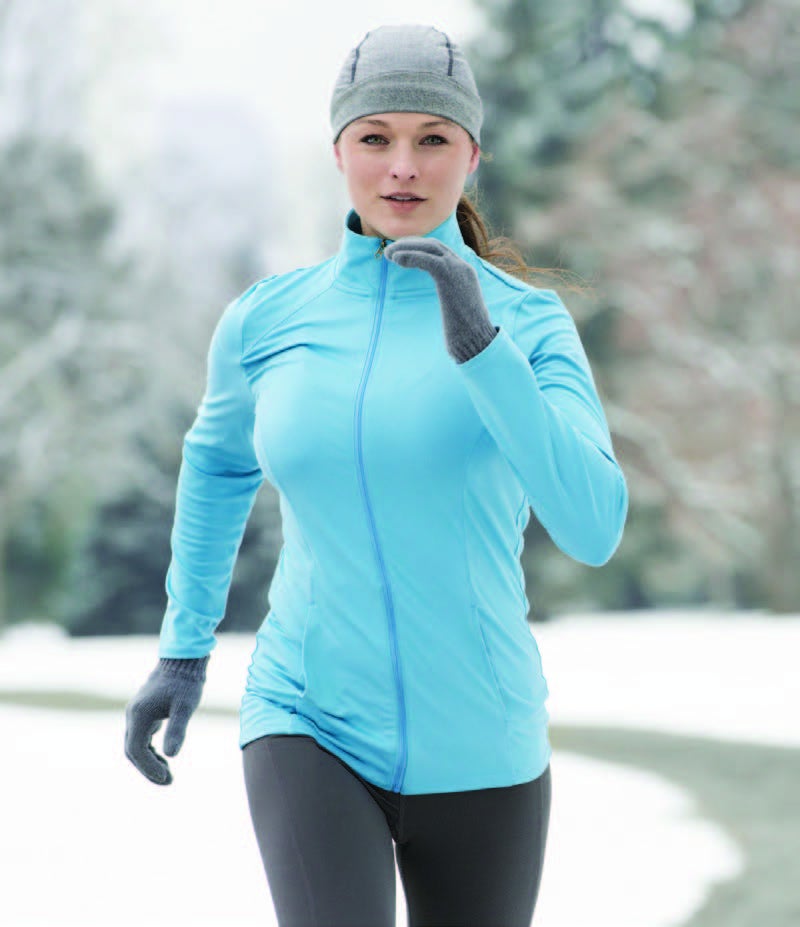Dealing with Freezing Temps when Running or Racing

Savvy insights for running safely and comfortably even when the weather turns frightful.
TIP #1
“Don’t overdress,” says Amber Ferreira, 2014 U.S. Snowshoe Champion. Her experience racing in frigid conditions has taught her that light layers work best. Legs are often fine with running tights, but the upper body needs a few tops to keep organs warm. Avoid bulk. Instead try a base layer, topped by a long-sleeved shirt or insulating apparel and then a jacket that is wind- or water-resistant based upon conditions.
TIP #2
For waiting around at the start of cold-weather races, John Honerkamp, with New York Road Runners and the New York City Marathon online training program, recommends wearing old or inexpensive clothes you can jettison as you warm up. But hold onto a pair of arm sleeves, a hat and gloves for impactful micro adjustments throughout a long race.
TIP #3
“In cold temperatures, start off easy to let yourself warm up,” Honerkamp says. For freezing days, he suggests completing half of a workout in the elements and then finishing in the gym. The treadmill never felt so good.
TIP #4
“Roads are dangerous for winter running, but packed trails are great,” says Ferreira, who switches to snowshoe running when the powder gets really deep. If you don’t have access to snowy trails, head indoors. The danger of slipping and falling on concrete just isn’t worth it.
TIP #5
Post-run, don’t hang out in wet clothes. Get in a warm shower as soon as you can—or, at the very least, change from out of your sweaty stuff and into dry clothes right away.
FROZEN
It can be way scarier than the Disney flick—know when you’re getting in the danger zone.
1. Frostbite!
Exposed skin is most at risk for this condition and may look flushed before turning white or grayish in color. Affected areas can be brought up to body temperature with warm, not hot, water or clothes. Do not try to treat frostbitten skin by massaging it. Consult a doctor for further care.
2. Hypothermia!
Slurred speech, lack of coordination, drowsiness and shivering may result when your body loses heat faster than it can produce it. To treat, head someplace warm, shed wet clothes, elevate feet and focus on warming core organs first. Get medical attention as soon as possible.
3. Snow blindness!
Sun and snow can be tough for eyes to take, causing temporary dizziness and headaches. Protect peepers by wearing full-coverage sunglasses.
